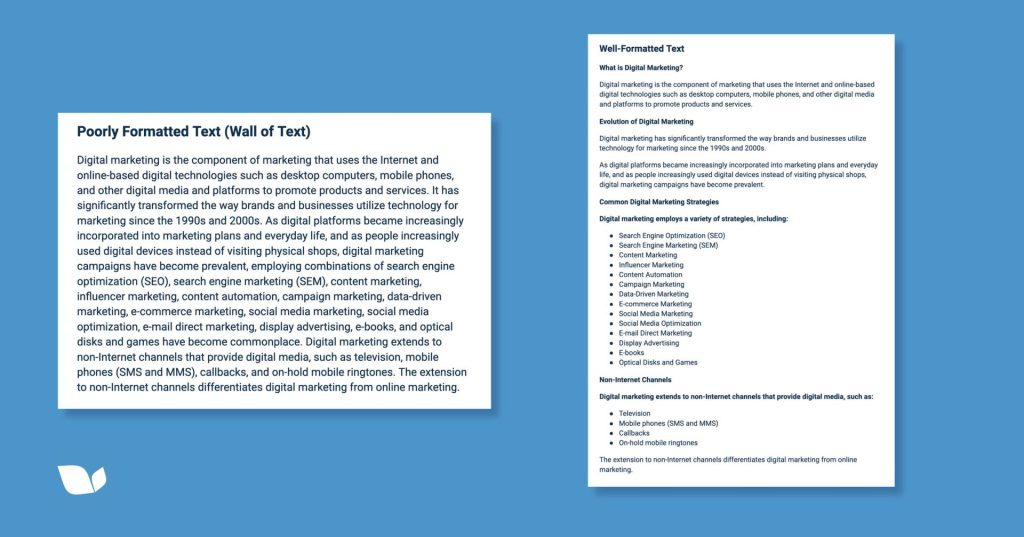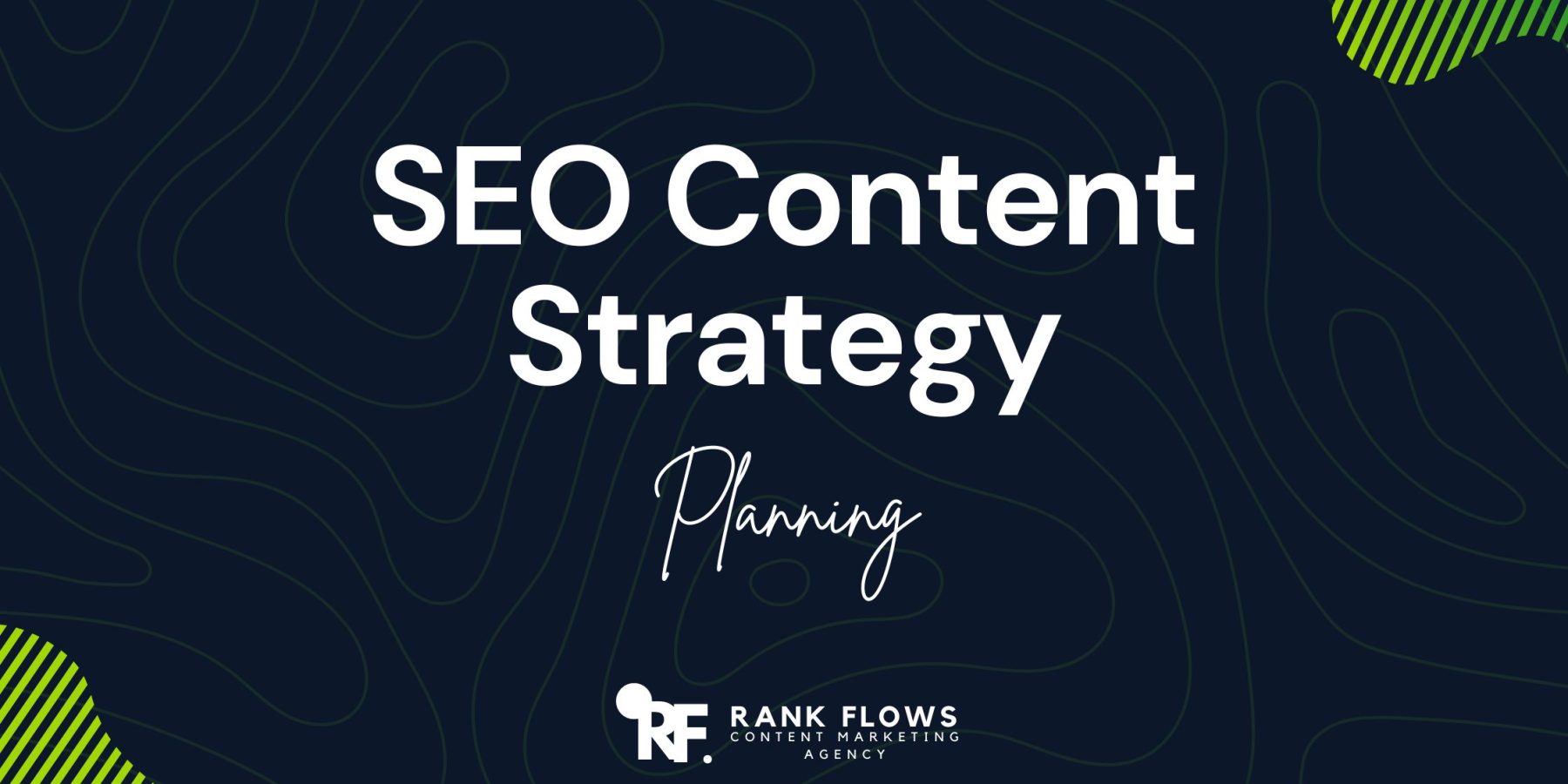Imagine generating significant revenue without spending a dime on ads.
That’s the power of a well-crafted SEO content strategy.
I’ve talked about optimizing and creating an SEO strategy will benefit your omnichannel presence and will help reduce your reliance on Meta and Zuck.
And SEO is not just about churning out content in bulk.
It’s about strategically planning, creating, and sharing your content to attract and engage your target audience while improving your search engine rankings.
Today we’ll see how you can create a robust plan that drives sustainable traffic to your website.
We’ll cover:
- the foundation of a solid SEO content marketing strategy
- the research and planning phase
- how to create and optimize content that resonates with both search engines and your audience
- content promotion techniques
- how to measure the success of your efforts
By the end of this guide, you’ll have the tools and knowledge to create an SEO content calendar that drives organic traffic and boosts your rankings.
The Foundation of an SEO Content Strategy
To build a solid SEO content strategy, you need to understand its core components and objectives. Let’s dive into the fundamentals that will set you up for success.
Defining SEO Content
SEO content is any content created with the goal of attracting search engine traffic . It’s not just about stuffing keywords into your pages; it’s about crafting valuable, informative content that both search engines and users will love. This type of content is designed to rank in search engines like Google, typically optimized around specific keywords and thus topics.
When creating SEO content (whatever that may be), keep in mind that it should:
- Be easy to read and well-organized
- Offer unique and original information
- Stay up-to-date and relevant
- Provide helpful and reliable information for your audience
Remember, valuable and useful content will likely affect your website’s rankings in search results more than any other factor.
Gone are the days where SEO was just about the technical part. Google loves to rank websites that provide engaging content. So, focus on creating content that your target audience will find valuable and engaging.
Types of content that you can craft SEO copies for:
- Blog Posts
- Articles
- Product or Collection Pages
- About us Page
- Landing Pages
- Homepage
Goals of an SEO Content Strategy
The primary aim of an SEO content strategy is to increase your visibility in relevant online searches, leading to more leads, sales, and revenue.
In simpler terms, your ultimate objective is to grow your business online. Here are some key goals to consider when developing your SEO content strategy:
- Improve Search Engine Understanding: Ensure that search engines like Google can thoroughly understand the content on your website. This helps them rank your pages appropriately for relevant search queries.
- Increase Organic Traffic: Drive more visitors to your site through search engine results, rather than through paid ads or direct links. With Meta increasing the CPMs every year, it’s becoming more and more madatory to build your organic traffic channel.
- Boost Conversions: Focus on creating content that not only attracts visitors but also encourages them to take action, such as purchasing your products or filling out your lead form.
- Enhance User Experience: Aim to keep visitors on your site longer by providing valuable, engaging content. This decreases bounce rates and signals to search engines that your content is indeed useful and not crap.
- Build Domain Authority: Create high-quality content that attracts backlinks from reputable sources, boosting your site’s credibility in the eyes of search engines as well as meaningful collaborations.
- Increase Brand Awareness: Use your content to help more people recognize your brand and become familiar with your products or services, which is proved to increase sales.
To achieve these goals, it’s crucial to align your SEO objectives with your overall business and marketing goals.
Start by writing down your business’ goals and determine how your SEO strategy can support them. For example, if your main business goal is to generate more leads, your SEO goal should focus on conversion metrics .
Remember, effective SEO strategies take time to implement and produce results. Don’t expect to rank in your first week. Set realistic expectations and wait while working.
By focusing on creating valuable, optimized content and aligning it with your products and services, you’re building a strong foundation for your SEO content strategy.
How to Research and Plan
First things first.
There are 3 essential parts for the research phase to create an effective SEO content strategy:
- Audience analysis
- Competition research and
- Keyword research
Audience Analysis
Understanding your target audience is the cornerstone of any successful SEO content strategy. It’s not just about gathering data; it’s about diving deep into the motivations and pain points driving your audience’s behavior.
By conducting a thorough audience analysis, you can:
- Align your business decisions and marketing strategies with customer expectations and needs
- Segment your audience into groups for personalized content creation
- Determine the most effective keywords for reaching your audience
- Refine your products or services to meet what your audience needs
- Build stronger relationships and build loyalty by showing customers you understand & cover their needs
To analyze your audience effectively, use tools like Google Analytics and Microsoft Clarity to examine your website visitor data, including demographics, interests, and behavior through heatmaps and video recordings.
Competitor Research
An SEO competitor analysis is your secret weapon for gaining an edge in the search results. By evaluating your competitors’ strategies, you can:
- Replicate and adapt their winning tactics
- Capitalize on their shortcomings
- Identify gaps and opportunities they’ve missed

To conduct a competitor analysis:
- Identify your SEO competitors by searching for your target keywords on Google or using tools like Ahrefs
- Analyze their organic keywords, backlink profiles and top pages
- Use the Ahrefs Keyword Explorer to find more keywords and low-hanging fruits
- Examine their technical SEO health and compare it to your own
Keyword Research and Selection
Keyword research remains a constant in the ever-changing SEO strategy implementation. It’s the process of finding and analyzing search terms and phrases that people use to find products, services or anything that matters to them. Effective keyword research helps you:
- Find your SEO sweet spot – keywords that aren’t too competitive but still relevant to your content
- Identify queries that your target audience is actually searching for on Google
- Help set up your content strategy

To conduct keyword research:
- Start with a list of relevant topics based on your business and audience
- Use keyword research tools like Ahrefs, Google Keyword Planner or Semrush to generate more ideas
- Analyze search volume, competition, and user intent for each keyword
- Consider long-tail keywords and questions your audience might ask and include them in your plan
Remember, user intent is probably the most pivotal factor in your ability to rank well on search engines. Your priority should be to solve the problems that your audience want to solve, rather than simply including keywords.
By the end of completing the research and planning phase, you’ll have a solid content plan that resonates with your target audience.
Step to Create & Optimize your Content
Developing High-Quality Content
Creating high-quality content is crucial for ranking well in search engine results, acquiring backlinks, and standing out against your competition. With so much fluff and content going around, it’s essential to focus on producing valuable, unique, and helpful material for your audience.
To develop high-quality content:
- Conduct thorough research: Before writing, research your topic extensively to provide a unique and helpful experience to your audience.
- Focus on E-E-A-T: Emphasize Experience, Expertise, Authoritativeness, and Trust in your content . This helps search engines evaluate the quality of your content for ranking.
- Prioritize accuracy and transparency: Fact-check your information and cite reputable sources to establish trustworthiness and credibility .
- Create people-first content: Focus on producing content primarily for people, not just for search engine rankings. Ensure your content is useful, demonstrates expertise, and provides a satisfying experience for readers.
On-Page SEO Techniques
On-page SEO is the process of optimizing various front-end and back-end parts of your website. Here are some essential on-page SEO techniques:
- Optimize title tags: Create compelling and click-worthy titles that include your target keyword.
- Use header tags: Organize your content with H1, H2, and H3 heading tags to help search engines understand the structure of your page.
- Craft meta descriptions: Write compelling meta descriptions that summarize your content and encourage users to click through from search results.
- Optimize URLs: Ensure your URLs are short, descriptive, and include your target keyword.
- Include internal and external links: Link to relevant, reputable external sources and build internal links to keep readers on your site longer and decrease bounce rates.
- Optimize images: Compress file image sized and use alt-text for images to help search engines understand their context.

Content Formatting for Better User Experience
Proper formatting enhances readability and user experience, which can positively impact your SEO efforts. Here are some formatting tips:
- Use subheadings: Break up your content with H2 and H3 subheadings to make your content more scannable and easier to digest.
- Use bullet points: Use bullet points or numbered lists to present information in a concise and easily digestible format.
- Add visuals: Include relevant images, graphics, and charts to enhance visual appeal and make your content more engaging.
- Optimize for mobile: Ensure your content is responsive and loads quickly on mobile devices.
- Use white space: Break up large blocks of text to improve readability and make your content more inviting.
See the differences:

By focusing on developing high-quality content, implementing effective on-page SEO techniques, and formatting your content for better user experience, your’re halfway to creating an effective SEO content strategy that is optimized for both search engines and your audience.
Promotion and Measurement
Content Distribution Strategies
To maximize the impact of your SEO content strategy, it’s crucial to have a solid content distribution plan.
There’s nothing gonna happen if no-one reads your blog posts, so share it everywhere. 20% of your effort should go towards content creation and 80% on content promotion.
The content distribution strategy by Chris is all you need to start.
And here’s a list we’ve prepared with content marketing tools you will probably need.
When choosing your distribution channels, prioritize those that align with your audience’s preferences and behaviors. Optimize your owned channels like your blog, email newsletter, and social media profiles, as these are relatively free and within your control.
Consider using a mix of earned, owned, and paid content distribution methods:
- Earned Distribution: This involves third-parties sharing your content through social media, guest posts, or collaborations.
- Owned Distribution: Publish content on properties you own, such as your blog or social media channels like TikTok and Instagram.
- Paid Distribution: Utilize Meta to create ads and drive even more traffic.
Tracking SEO Performance
To assess the effectiveness of your SEO efforts, it’s essential to track key metrics. Here are some critical SEO metrics to monitor:
- Organic Traffic: the number of visitors coming to your site from Google.
- Keyword Rankings: your pages’ position in search results for specific keywords
- Click-Through Rate (CTR): Assess how relevant your content is for search queries and optimize accordingly
- Domain Authority (DA): An indicator showing website’s overall SEO health and trustworthiness
- Time on Page: Measure how long users spend on your content before leaving
Use tools like Ahrefs, Google Search Console, and Google Analytics.
Conclusion
Crafting an effective SEO content strategy has a significant impact on your online visibility and business growth.
By focusing on high-quality content creation, thorough research, and smart optimization techniques, you can boost your website’s rankings and attract more organic traffic.
This approach not only helps to improve your search engine performance but also enhances user experience, leading to increased engagement and conversions.
To succeed in the long run, it’s crucial to keep adapting your strategy based on performance data and industry trends.
Remember, SEO is an ongoing process, and your commitment to refining your approach will pay off in terms of sustained online success and business growth.

